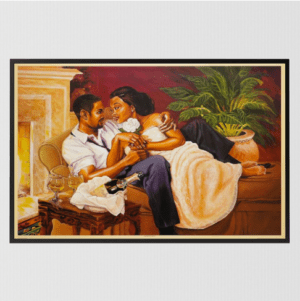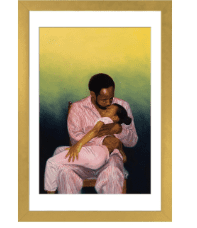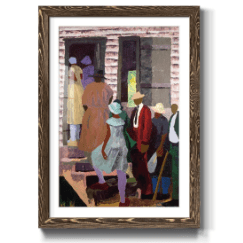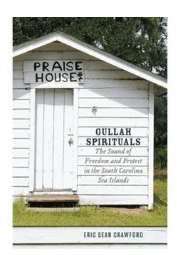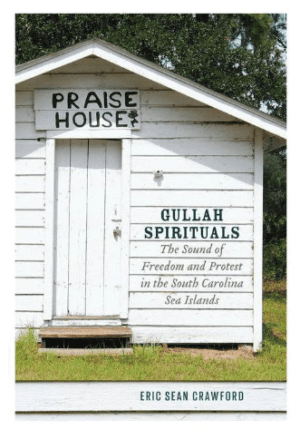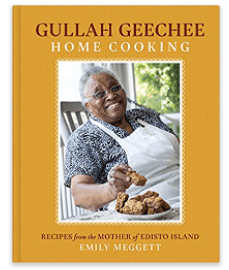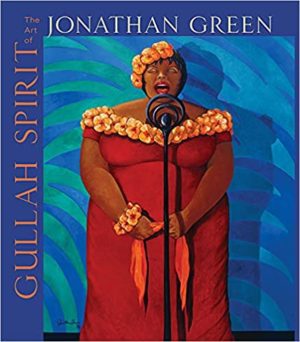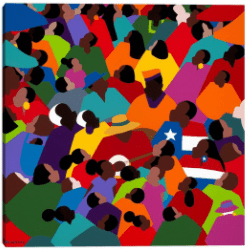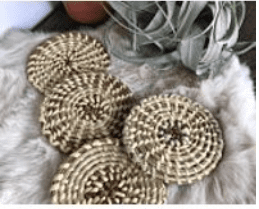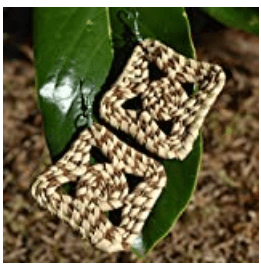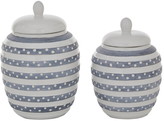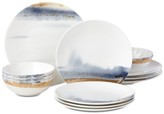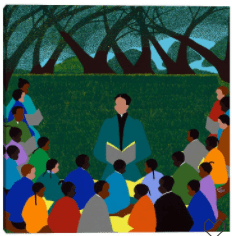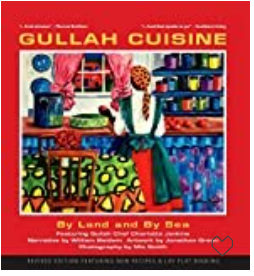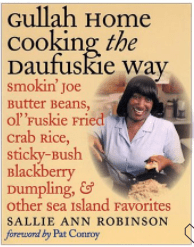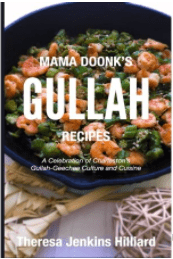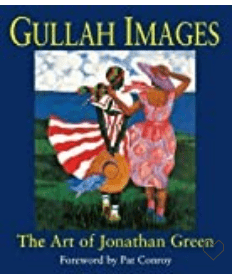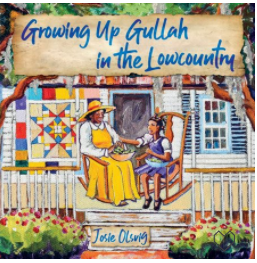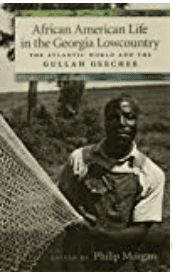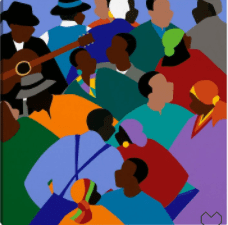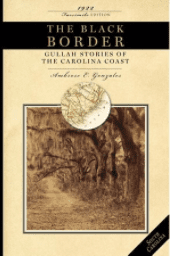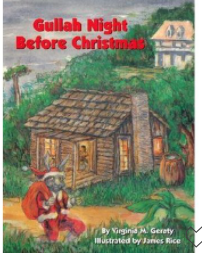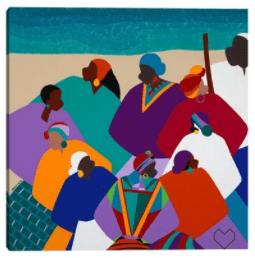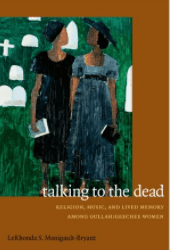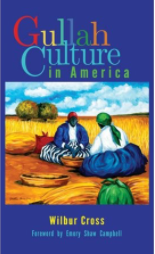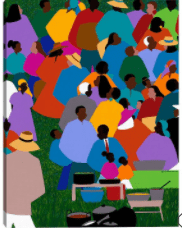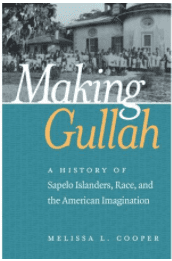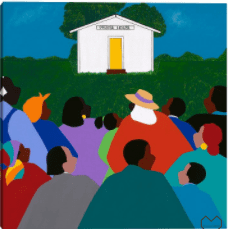
Black people who grew up in the North with parents and grandparents with Southern roots know about the grocery stores that carried items they were accustomed to back home. These grocery stores weren’t limited to Black patrons, many also carried products important to growing immigrant communities. However, these stores for millions of Black Americans were lifesavers during The Great Migration.)
A few weeks ago, a friend posted a query on Facebook about a grocery store in the city that sold African American “specialty” products. He couldn’t recall the name of it. Now, all of us who answered knew exactly what store he meant and what specialty products he could be seeking. Why? Because no matter where you live in the United States of America, there is that one store. At least one.
The specialty products? Collards, mustards, turnips. The Greens. Our greens. Parts of the pig and cow that were used for walking, talking, thinking and digesting. Parts of animals that have been scratched, licked, and possibly abused in some form or another. There are other types of animals, fowl and fish that you find on menus “back home.” You will also find things like real sorghum, the right kind of hot sauce, and the seasoning needed to complete a dish. Our specialty items have been imported from almost every region Down South, Africa and the Caribbean.
You also will find every Glory Foods product listed on their site but not in other grocery stores – the beans, peas, and fruit used in everything a black person cooks during holidays and during the week when s/he has a taste for red beans and rice, butter beans, field peas and okra in all of its slimy and fried glory, but has little time to cook them from scratch. They’ll just ‘doctor’ them up.
How does one identify one of those stores? Generally, by name. Some are like Oprah, one name is only necessary for folk to know exactly where and what you’re talking about. Most all possess the word “shop” and there are others with “save” and “rite” in their names. Taking license with the spelling of common words like “save” and “right” is an indicator that you’re at the rite store to sav. An elder might say, “Go to The Shop Sav Rite” and you will.
If you know nothing about these stores, chances are you are one of those people who throws their circular away when it comes in the mail. They are the black & white circulars folded a hundred times. You’ll throw it out, but the pro shopper will mark it up and fold it another 10 times to fit in a purse or pocket, and shop directly from it. There are black women who will have entire conversations based on that circular. There can even be phone trees to share when whole wings go on sale for 39 cents per pound and a case of ribs are cheaper than the other stores. During the holidays, those circulars are a black cook’s bible used for everything from planning a menu to budgeting dinner. But you wouldn’t know, because you throw the ad out.
Folk talk about food deserts and food injustice, and we get it, but that one store is paradise to many and possesses a justice of its own kind – the protection and preservation of southern and rural black food tradition. Black home cooks seeking to cook the food of their heritage can generally find everything from the rooter to the tooter, grown above and below ground, and sometimes sold out of the back of trunks stored in ice chests.

Gordon Parks, Public domain, via Wikimedia Commons
Back in the day, people who traveled from the South to northern urban areas sought comfort in those stores. It is where they could buy food reminiscent of home as well as meet people who were also sojourners. Those stores were the one place you could find someone who could tell you if those pig feet were fresh. Seriously.
African American specialty products deserve a home too. Long live that one grocery store.
(Originally published Feb. 5, 2020 on the Fresh & Fried Hard legacy site.)
Photo credit: Gordon Parks Foundation
